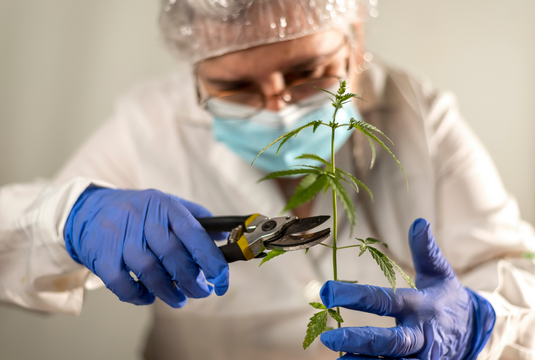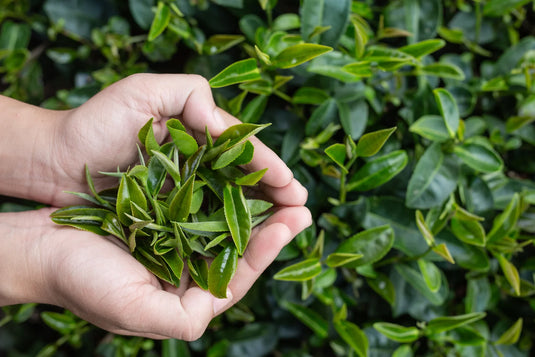More than just another wellness fad, hemp is a botanical powerhouse backed by science. For centuries, healers have tapped into its benefits, but modern research is now proving what ancient wisdom always knew — hemp has the potential to restore balance, ease stress and support overall vitality.
At the heart of hemp’s magic is the endocannabinoid system (ECS) — your body’s built-in regulator for mood, inflammation and more. It’s a sophisticated network you might not even know you have. When nourished with the right compounds, like those found in hemp products, the ECS helps keep everything in check.
The Endocannabinoid System
The endocannabinoid system (ECS) is a complex cell-signalling system identified in the early 1990s by researchers exploring THC, a well-known cannabinoid. These natural compounds, found in cannabis, interact with the ECS in ways scientists are still working to fully understand. But so far, we know it plays a role in regulating a range of functions and processes, including sleep, mood, appetite, memory, reproduction and fertility.
- The ECS exists and is active in your body even if you do not use cannabis.
- The ECS involves three core components: endocannabinoids, receptors and enzymes.
Endocannabinoids
Endocannabinoids, also called endogenous cannabinoids, are naturally occurring molecules. They are similar to cannabinoids, except the body produces them. Experts have identified two key endocannabinoids so far: anandamide (AEA) and 2-arachidonoylglyerol (2-AG). These compounds support essential functions and help keep the body’s systems running efficiently. Since they are produced on demand, their levels fluctuate, making it difficult to determine a typical baseline for each.
Endocannabinoid receptors
These receptors are found throughout your body. Endocannabinoids bind to them in order to signal that the ECS needs to take action. There are two main endocannabinoid receptors:
- CB1 receptors, which are mostly found in the central nervous system.
- CB2 receptors, which are mostly found in your peripheral nervous system, especially immune cells.
Endocannabinoids can bind to either receptor. The effects depend on where the receptor is located and which endocannabinoid it binds to. For example, endocannabinoids might target CB1 receptors in a spinal nerve to relieve pain. Others might bind to a CB2 receptor in your immune cells to signal that your body’s experiencing inflammation, a common sign of autoimmune disorders.
Phyto cannabinoids are a diverse group of naturally occurring chemical compounds found in the Cannabis plant. The chemicals collectively termed cannabinoids can be organized into three broad classes or categories: phytocannabinoids (plant based; the individual molecular constituents of the Cannabis plant), synthetic cannabinoids (manmade cannabinoids), and endocannabinoids (cannabinoids produced by and within the body). The most evident difference between the two lies in their respective origins.
- THC: Primarily interacts with CB1 receptors, leading to psychoactive effects, but also interacts with CB2 receptors and other receptors.
- CBD: Has a lower affinity for CB1 and CB2 receptors, and also interacts with other receptors, like TRP channels, and modulates FAAH activity.
- CBG: Has low affinity for CB1 and CB2 receptors, but can affect the ECS by inhibiting anandamide uptake.
What are the effects of phytocannabinoids?
It is responsible for the characteristic effects of cannabis, such as euphoria, relaxation, and changes in perceptions. THC can also produce dysphoria, anxiety, and psychotic symptoms. THC is used therapeutically in nausea and vomiting due to chemotherapy, as an appetite stimulant, and in chronic pain.
Our gummies contain no THC and are made from Hemp seed oil.



